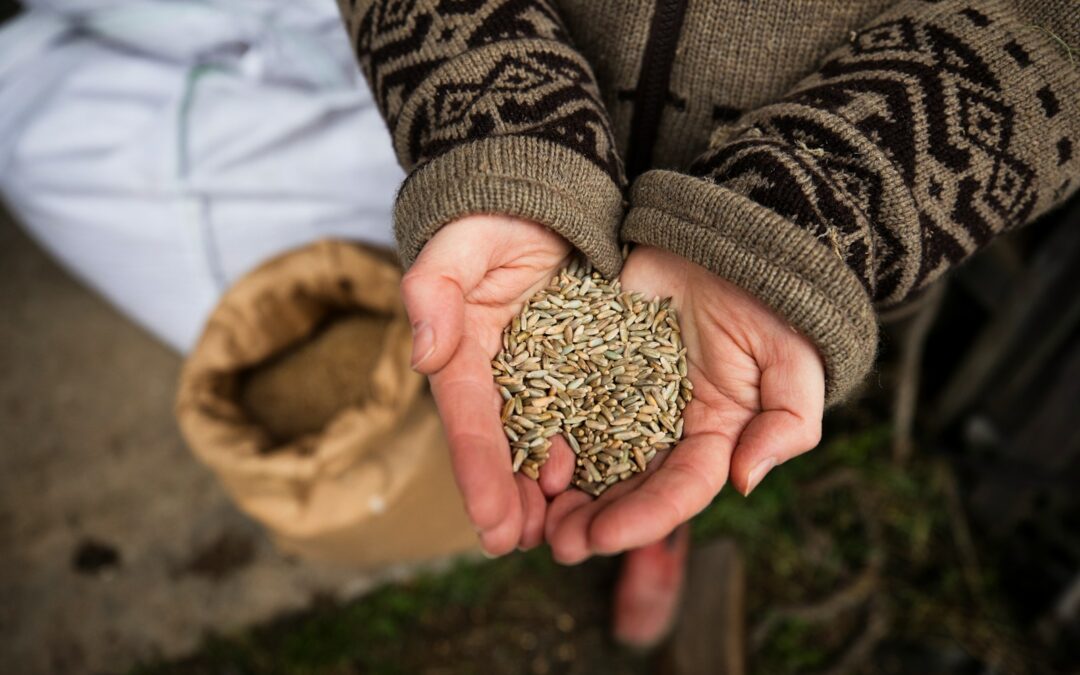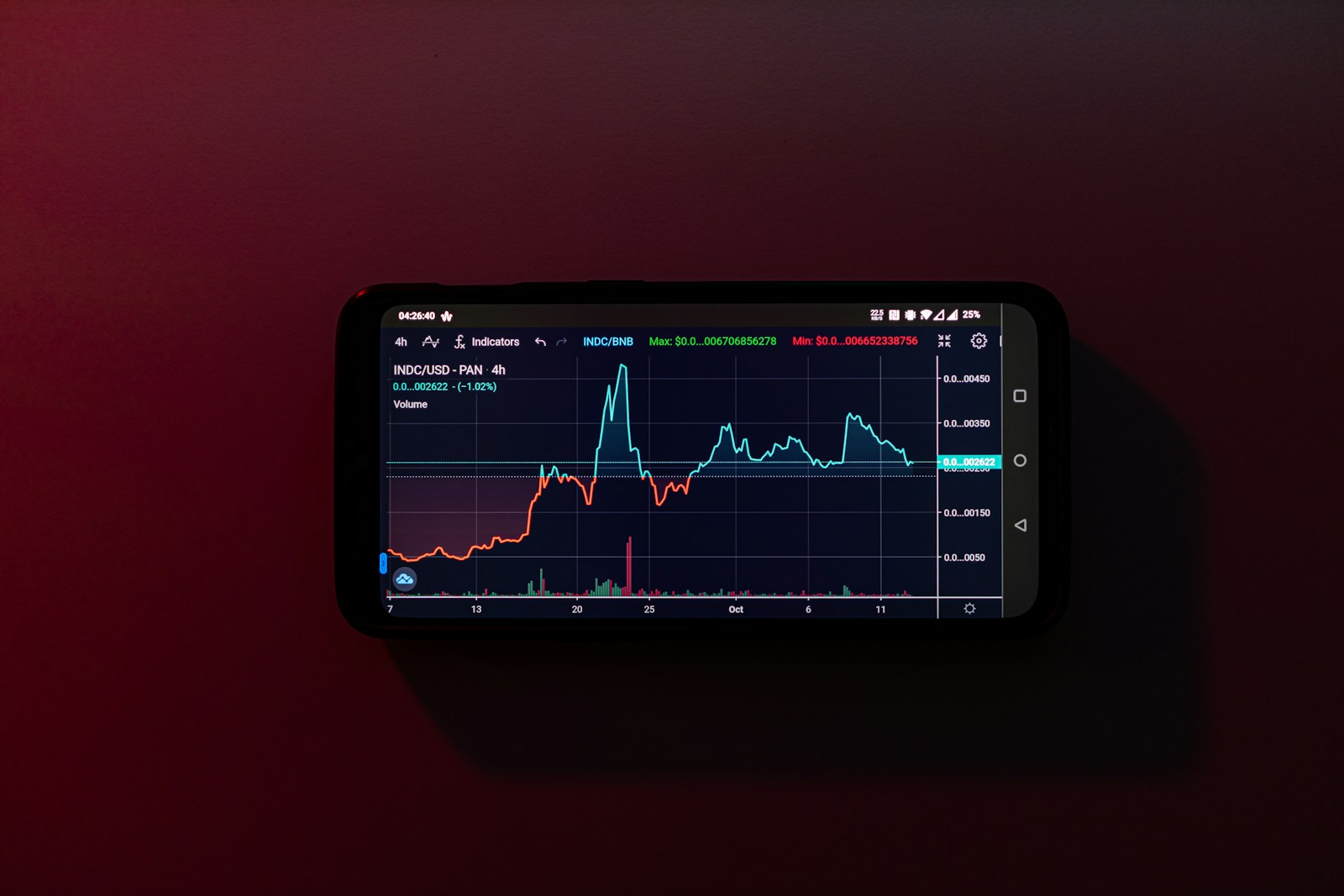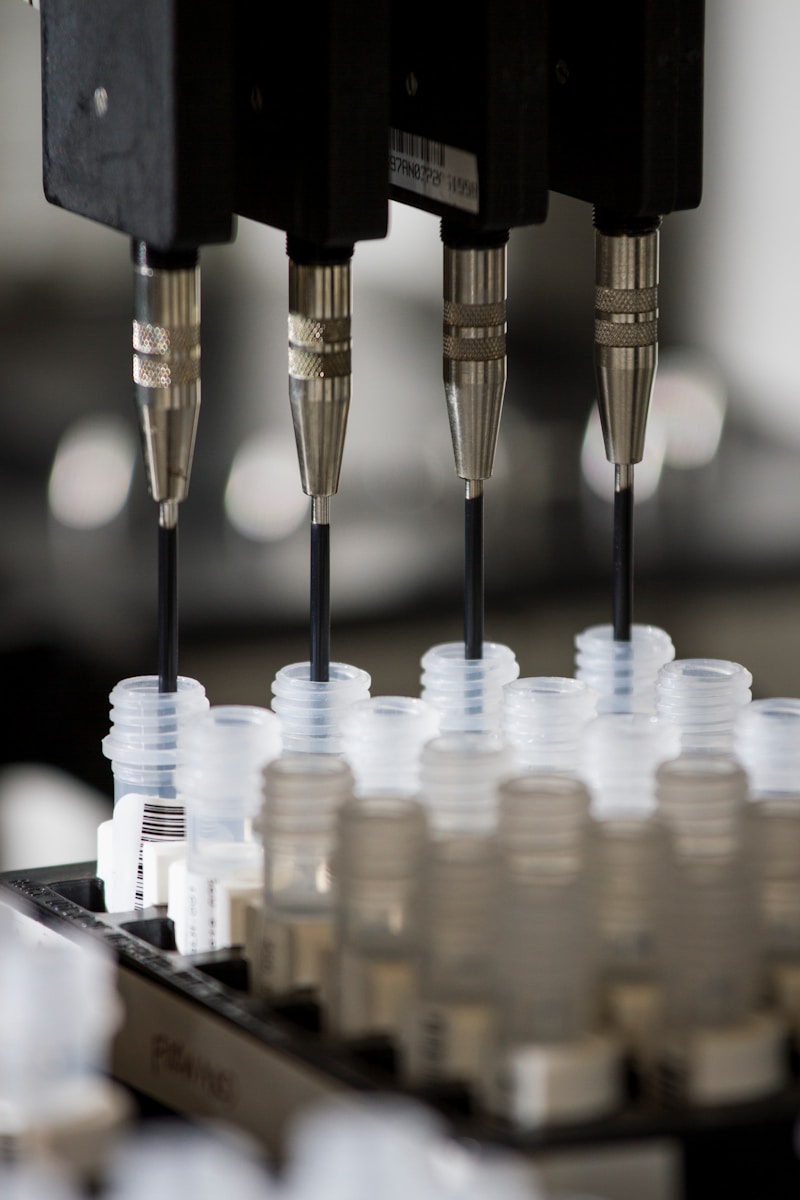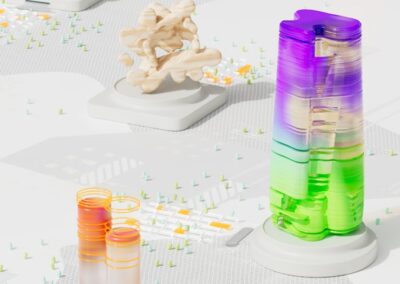Understanding the Health and Environmental Impacts of GMOs
Assessing and mitigating the health and environmental impacts of GMOs is crucial for ensuring their safe use and integrating them into agriculture and industry responsibly. Genetically modified organisms (GMOs) have transformed many sectors, from agriculture to pharmaceuticals, by enhancing traits such as resistance to pests and diseases. However, these modifications also raise concerns about potential health risks and environmental consequences. Comprehensive risk assessment frameworks are essential to evaluate these impacts systematically and ensure that GMOs do not pose unforeseen dangers to humans or ecosystems.
Health assessments of GMOs involve rigorous testing to evaluate potential allergenicity, toxicity, and unintended side effects. Regulatory bodies and scientific communities use a combination of laboratory tests, clinical trials, and epidemiological studies to assess the safety of GMOs for human consumption. In Saudi Arabia and the UAE, where biotechnology is a growing field, it is critical to adhere to international safety standards while tailoring assessments to local contexts. This involves considering unique environmental factors and dietary habits that may influence the safety profile of GMOs.
Environmental impact assessments focus on potential effects such as biodiversity loss, soil health, and gene flow to wild relatives. GMOs can interact with ecosystems in complex ways, potentially leading to issues like the development of resistant pests or unintended harm to non-target species. Effective risk management requires continuous monitoring and adaptive strategies to address any emerging environmental concerns. By implementing robust assessment protocols, stakeholders in the biotechnology sector can minimize adverse effects and promote sustainable practices.
Implementing Comprehensive Risk Management Strategies
Mitigating the risks associated with GMOs requires a multi-faceted approach that includes rigorous risk management strategies and ongoing monitoring. These strategies involve setting clear guidelines for GMO development, approval, and post-market surveillance. In Saudi Arabia and the UAE, aligning with international standards while adapting to local needs is essential. This includes establishing regulatory frameworks that mandate thorough testing, monitoring, and reporting of GMO impacts to ensure safety and efficacy.
Risk management also involves stakeholder engagement, including public consultations and transparency in the decision-making process. By involving various stakeholders, including researchers, policymakers, and the public, it is possible to address concerns, build trust, and ensure that GMO applications are aligned with societal values and expectations. Additionally, creating channels for feedback and adapting strategies based on new information can help address emerging risks and ensure that GMO use remains safe and beneficial.
Adopting Sustainable Practices and Technologies
Adopting sustainable practices and technologies is a key component of mitigating the environmental impacts of GMOs. This includes using precision agriculture techniques to minimize the ecological footprint of GMO crops and implementing strategies to preserve biodiversity. Techniques such as crop rotation, integrated pest management, and conservation tillage can help reduce the potential negative effects of GMOs on soil health and ecosystem balance.
In addition to sustainable practices, technological advancements play a role in mitigating risks. Innovations in genetic engineering, such as CRISPR and advanced gene-editing tools, offer the potential to create GMOs with enhanced safety profiles and reduced environmental impact. By leveraging these technologies responsibly and in conjunction with rigorous risk assessments, stakeholders can advance GMO research and applications while safeguarding health and the environment.
Fostering Collaboration and Knowledge Sharing
Effective assessment and mitigation of GMO impacts also depend on collaboration and knowledge sharing among stakeholders. Researchers, regulatory bodies, industry experts, and environmental organizations must work together to share information, best practices, and research findings. This collaborative approach ensures that risk assessments are comprehensive and that mitigation strategies are informed by the latest scientific knowledge and technological advancements.
In regions like Saudi Arabia and the UAE, fostering international collaborations and participating in global forums can enhance the ability to manage GMO risks effectively. By engaging with global experts and staying abreast of international developments, stakeholders can ensure that their risk management practices are up-to-date and aligned with global best practices. This approach not only supports the safe use of GMOs but also contributes to the responsible advancement of biotechnology on a global scale.
#GMOImpacts, #HealthSafetyGMOs, #EnvironmentalRisksGMOs, #GMOAssessment, #SafeUseGMOs, #BiotechRiskManagement, #SustainableBiotechnology, #GMORegulations, #MitigatingGMOImpacts, #BiotechnologySafety































